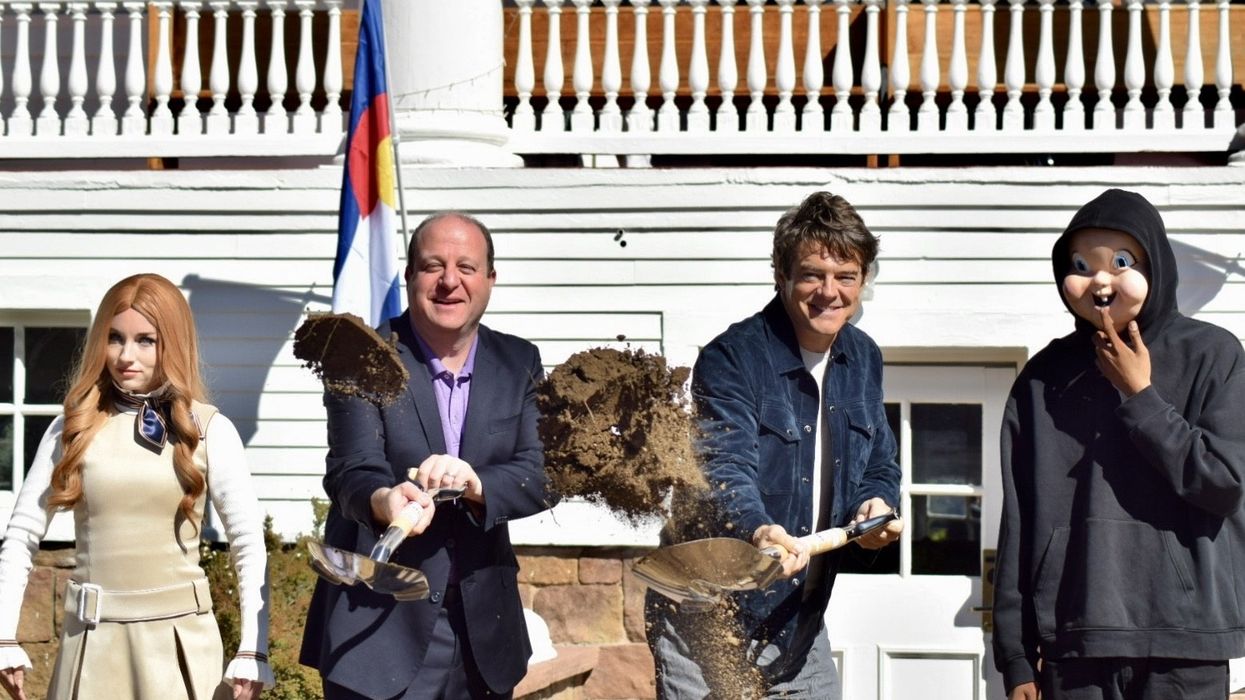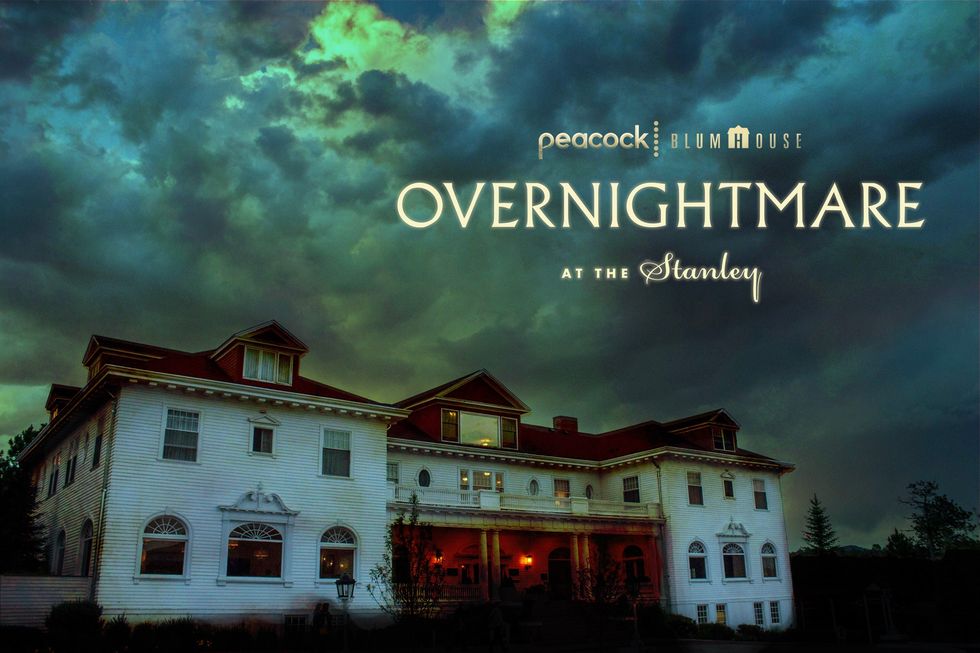neodigital, a creator of immersive hybrid experiences, has shared some insights from founder and artist Basile Bohard, on his vision of immersion and his way of designing immersive experiences. As Bohard explains: “My quest is to create artistic experiences that touch the hearts of visitors so that they wonder about their own representation of the world."
Immersive experiences can take guests on a multi-sensory, interactive imagined journey where the only reality is the one that they are living in the present moment. These types of attractions blur the lines between reality and imagination, creating fleeting moments that play on sensations and memorable group experiences from which everyone leaves having changed in some way.
“In my opinion, immersive experiences are a wonderful fusion between art and science, they guide us to meet the challenges of the present, they lead us to see the world differently and give us the possibility of believing that everything is possible," says Bohard. "Thanks to them, we have the power to imagine what tomorrow will be like.”
The fictional narrative at the heart of immersion
Since the beginning of mankind, storytelling has been at the centre of our understanding and depiction of the world. Weaving immersive stories means weaving relationships with all the elements that surround us in a multisensory way. Through the storytelling of the world, we create an intimate relationship with it.
"To tell a story is to build a bridge between what is established and what is possible. The narrative allows the past and the possible to coexist because we will decide to believe”.
In 1817, the poet Samuel Coleridge coined the term “consented suspension of disbelief”, referring to the choice to consciously believe in the plausibility of a universe and/or of a narrative architecture by relying on all the means at our disposal. “So we need to immerse him (immersion) in a state that allows him to be literally “gullible” when the universe in which he is immersed is sufficiently coherent, plausible and logical," continues Bohard.
However, for this suspension to work, he emphasizes that “It is imperatively based on elements of reality. For the artist, this requires significant documentation work in order to gather “truth. This consented suspension of disbelief implies a pact between the creator and the participant so that the latter agrees to suspend his disbelief."
How to create a complete fictional experience
Drawing on his experience, Bohard explains exactly what, in his view, constitutes a complete and attractive fictional experience.
Organic narrative structure
A good immersive experience should be designed to open up narrative possibilities and allow players to craft their own stories through interactivity.
“We must think of the story as a living system in which the participant interacts, multi-dimensional narratives where various writings combine and oppose each other to help everyone recognize a common humanity, even if they come from different places, cultures or generations. An immersive experience can also have an abstract, expressive or experimental form, so we must be careful not to curb the creative experimentation brought to expression at the beginning of this type of experience."
The creation of imaginary universes beyond the real
Beyond the construction of narrative possibilities, the creation of imaginary worlds constitutes perhaps the supreme form of experiential creativity, a space where all freedoms are accessible.
“In creating immersive experiences, we can't just tell stories," says Bohard. "We need to create coherent worlds, to sculpt spaces that go beyond reality. These different worlds take the participant on an unprecedented escape, he is invited to question his own humanity, his vision of the world, in order to help him question the notion of reality."
The stimulation of the senses to recreate the sensations of reality
The spectator and/or the environment become elements of the experience. Sensory and spatial immersion is experienced by the visitor, who has the impression that the imaginary world is convincing from the point of view of his perceptions.
“In my opinion, there are no immersive experiences without a minimum of natural and intuitive interactions because immersion, as a quest for the verisimilitude of an imaginary universe, implies active participation on the part of the visitor.”
The creation of conditions favouring collective sharing, in reality
“The idea is not only to live an extraordinary adventure together but to share one's experience, one's emotions, to invite participants to reconnect in public. Sharing is being there, present with the other to live common moments," adds Bohard.
Reinforce fiction with immersive tools
A range of tools, both high and low-tech, can be used to immerse the visitor in the experience. This includes:
- Scenography: lights, sounds, sets, pyrotechnics and costumes.
- Technologies: innovations like video mapping, spatialized sound, holograms, automation, augmented reality, mixed reality, sensors, screens, and more
- Content: pre-calculated 3D, real-time 3D, video games, print, games, 2D animation, etc.
- Acting: actors and extras participate and build the success of many immersive experiences around the world.
Immersion is not new
IImmersion is today presented as a new trend, but it has existed since the dawn of time and is part of the way in which humans understand the world. We take part in an immersive experience every time we open a book, watch a movie or play video games. The difference now is that there are new technologies that make it possible to offer narrative, visual and interactive experiences that can go even further.
However, adds Bohard: “It is up to us to give them the meaning they deserve so that they continue to nurture a future that lives up to our dreams and to reveal possibilities that do not yet exist. The challenge is to tell stories, and develop imaginary worlds that will continue to inspire audiences."
Earlier this month, neodigital reflected on a recent successful project, the creation of The Klub Extraordinaire in France’s Centre-Val de Loire region. This interactive and immersive experience for people seeking career advice or a fresh start has been praised by the French government and employment professionals as an innovative solution for attracting people to jobs.
Charlotte Coates is blooloop's editor. She is from Brighton, UK and previously worked as a librarian. She has a strong interest in arts, culture and information and graduated from the University of Sussex with a degree in English Literature. Charlotte can usually be found either with her head in a book or planning her next travel adventure.
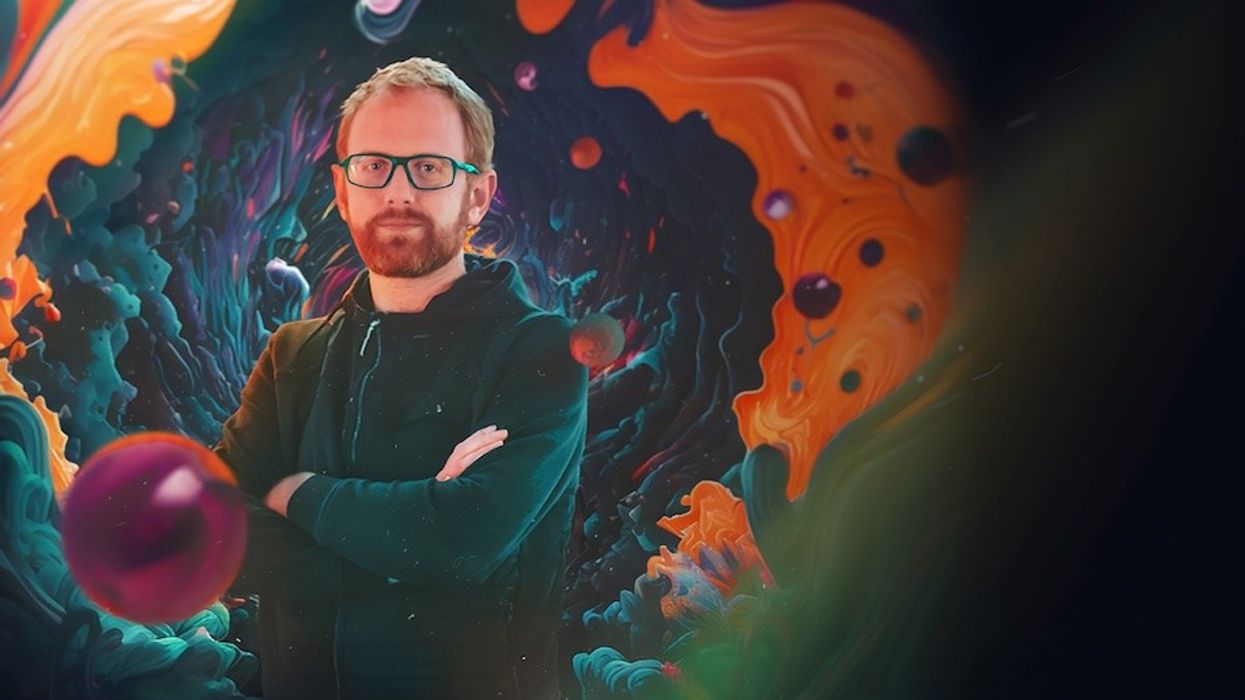




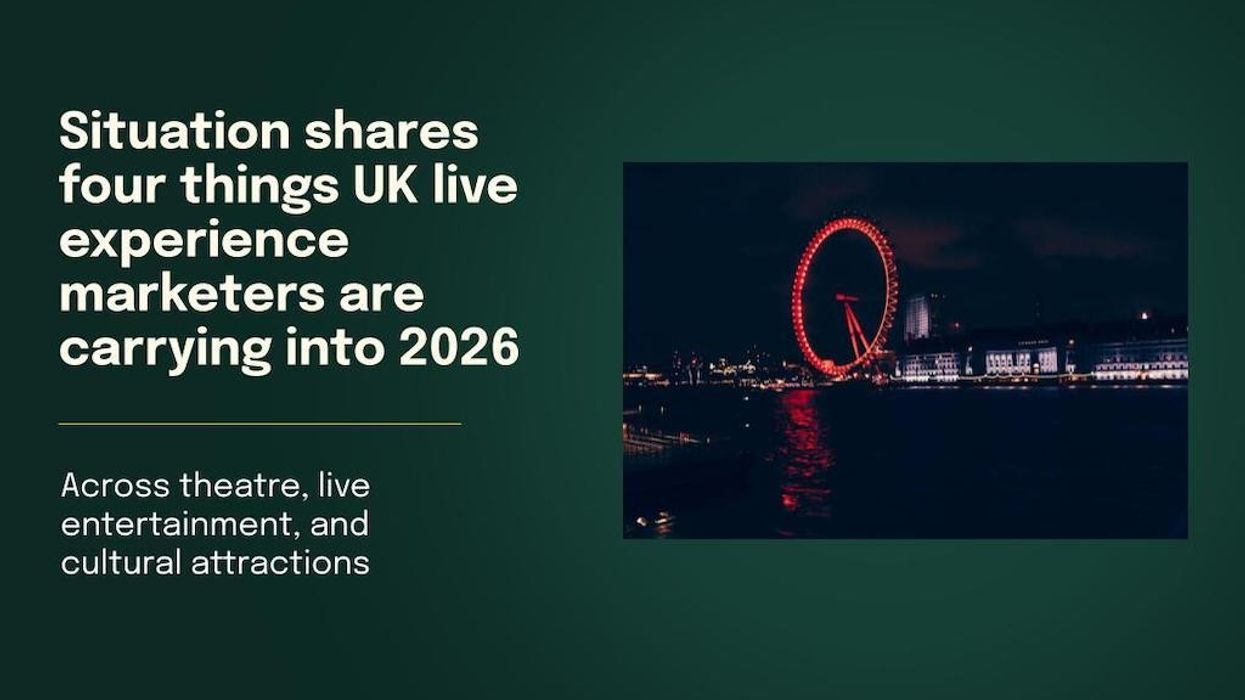

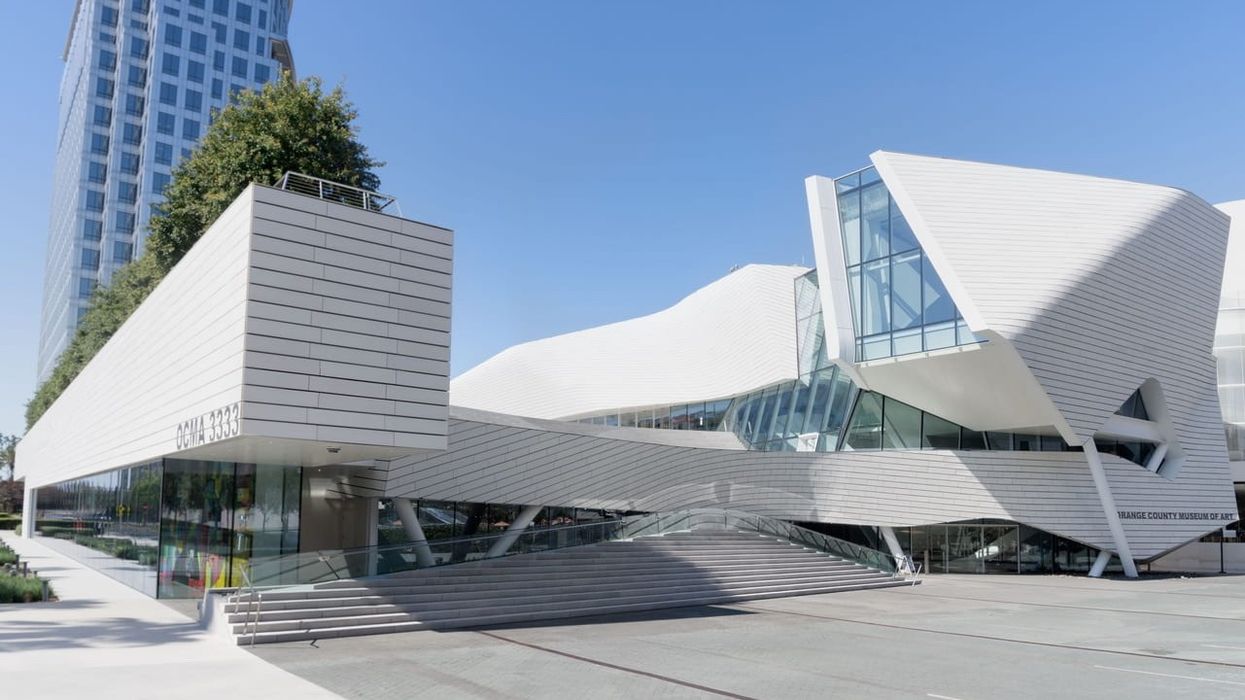


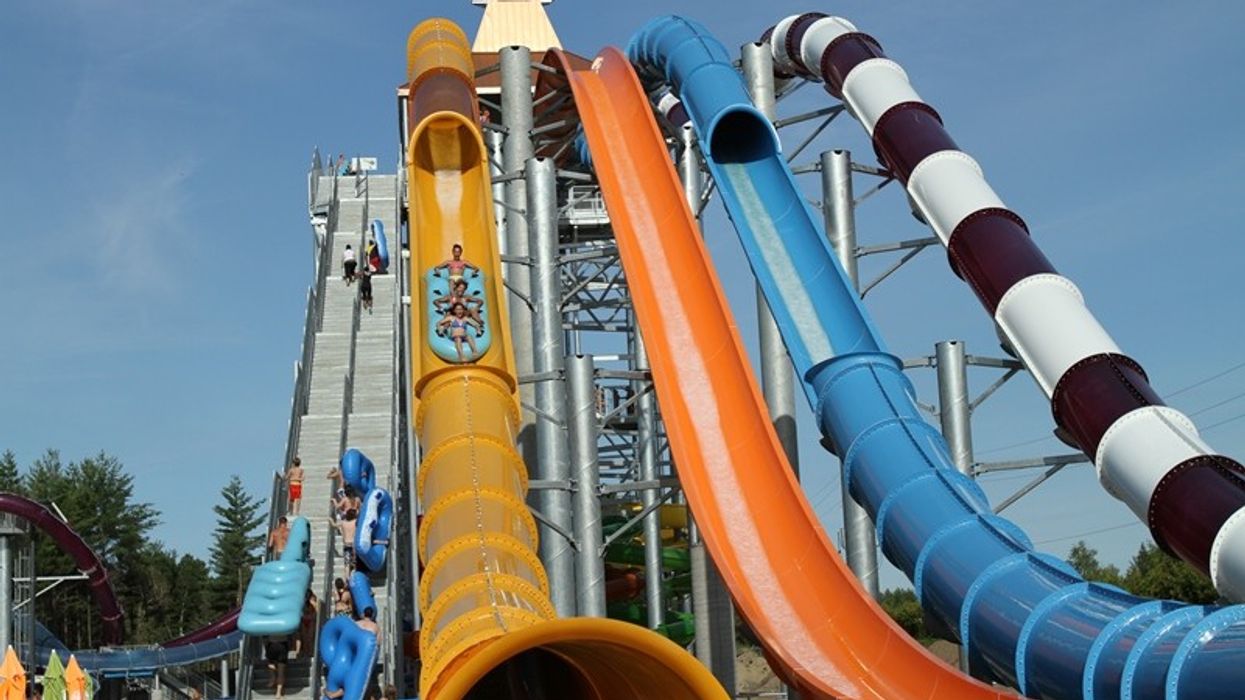


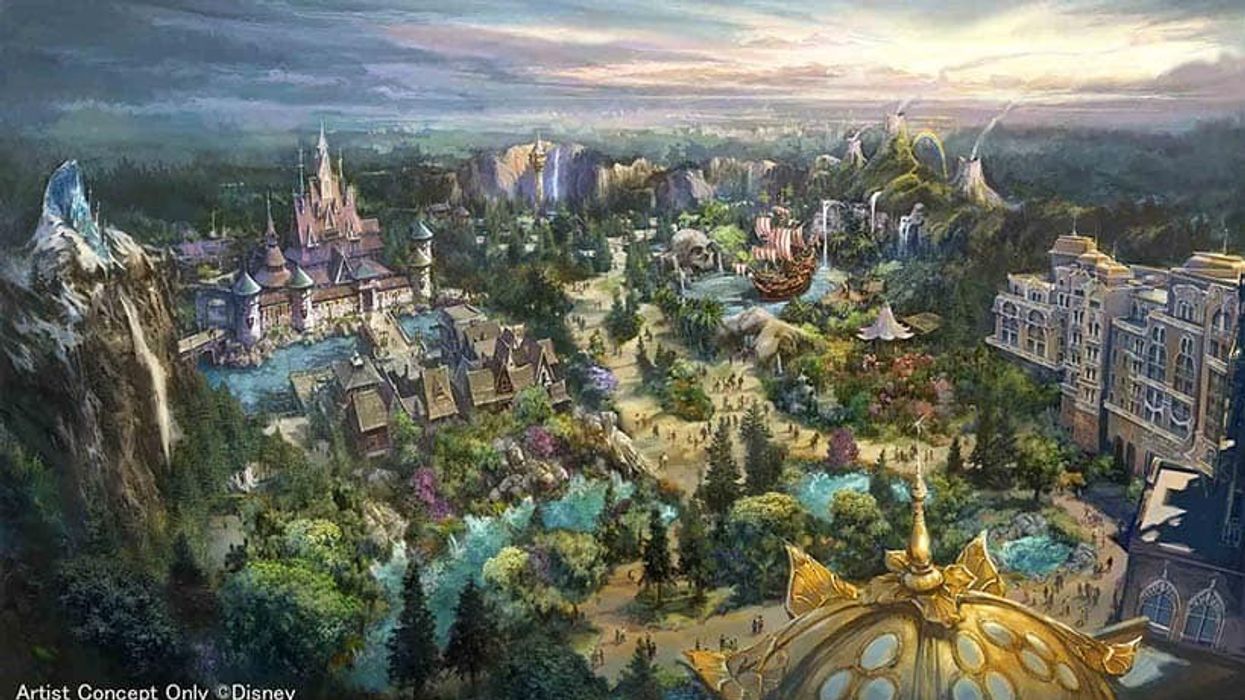
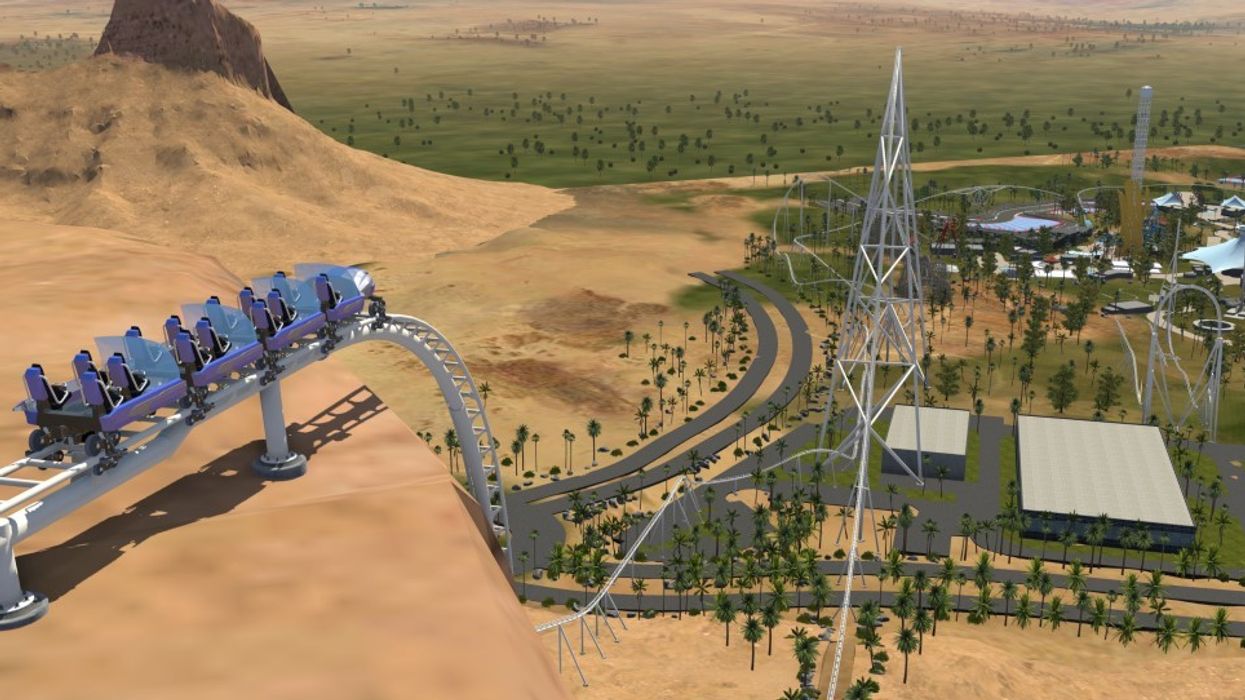

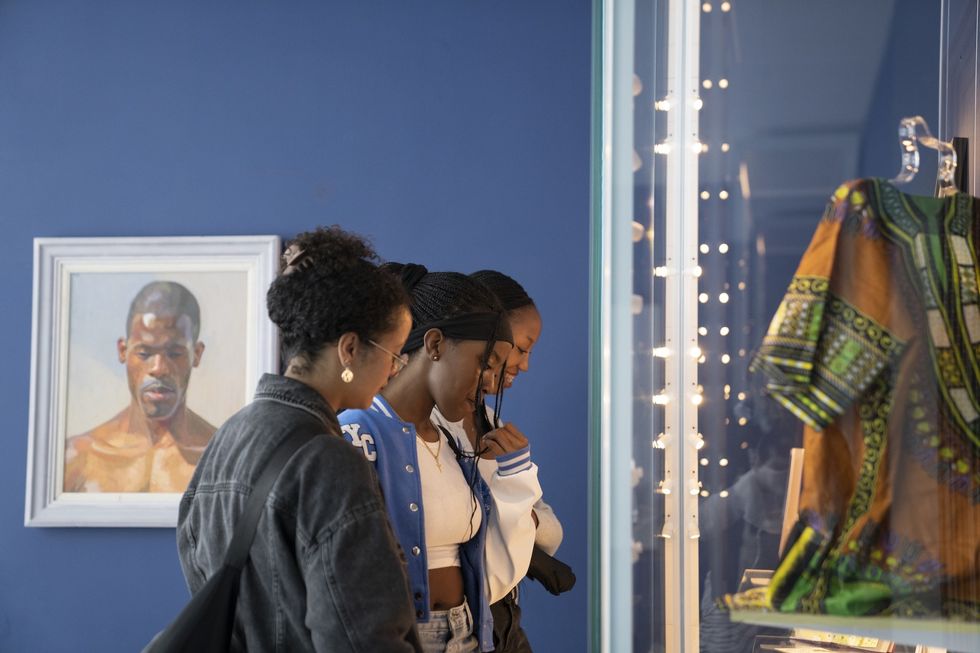
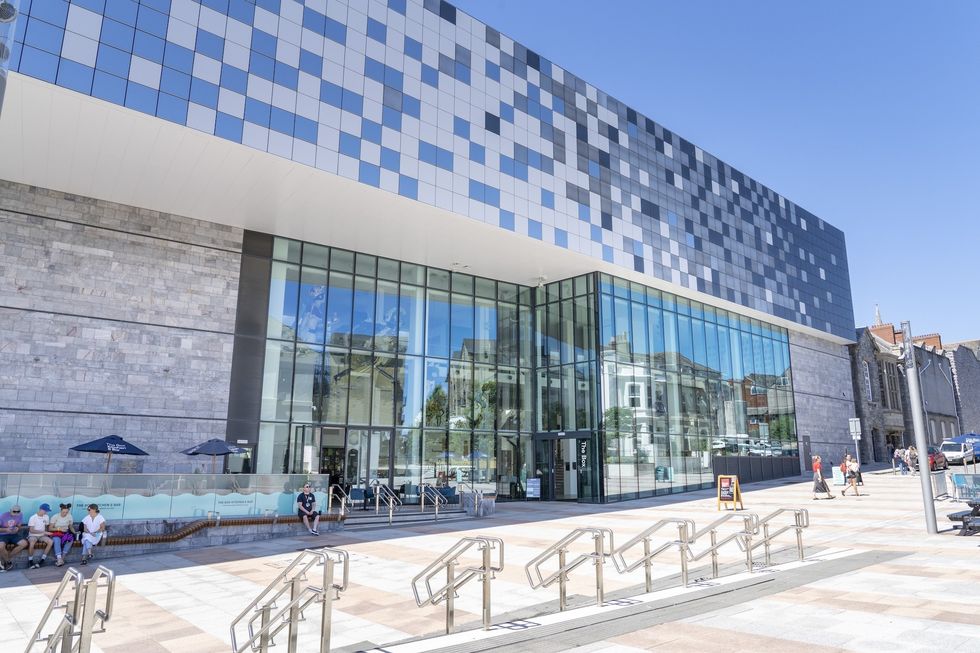

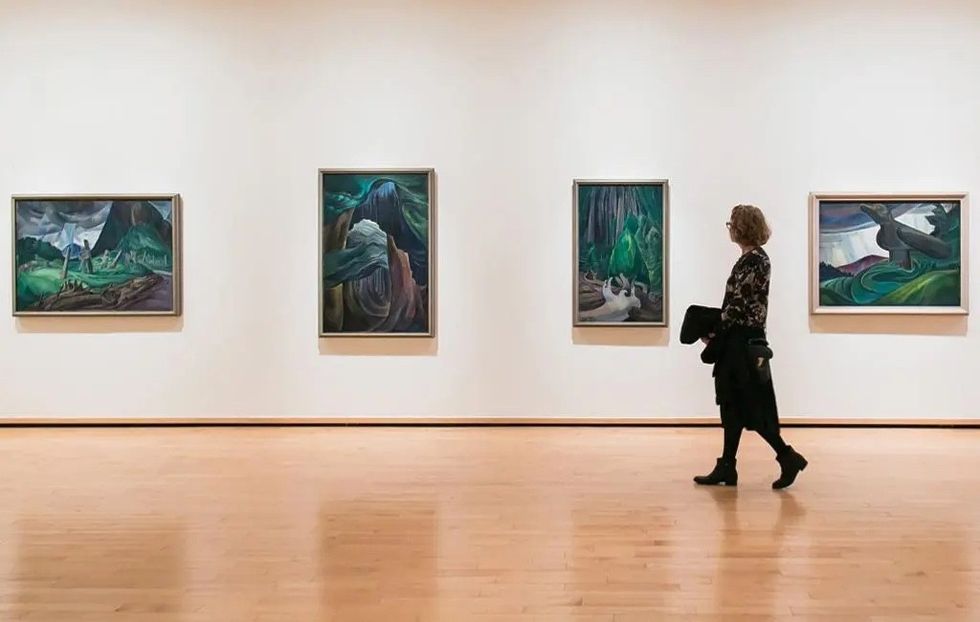
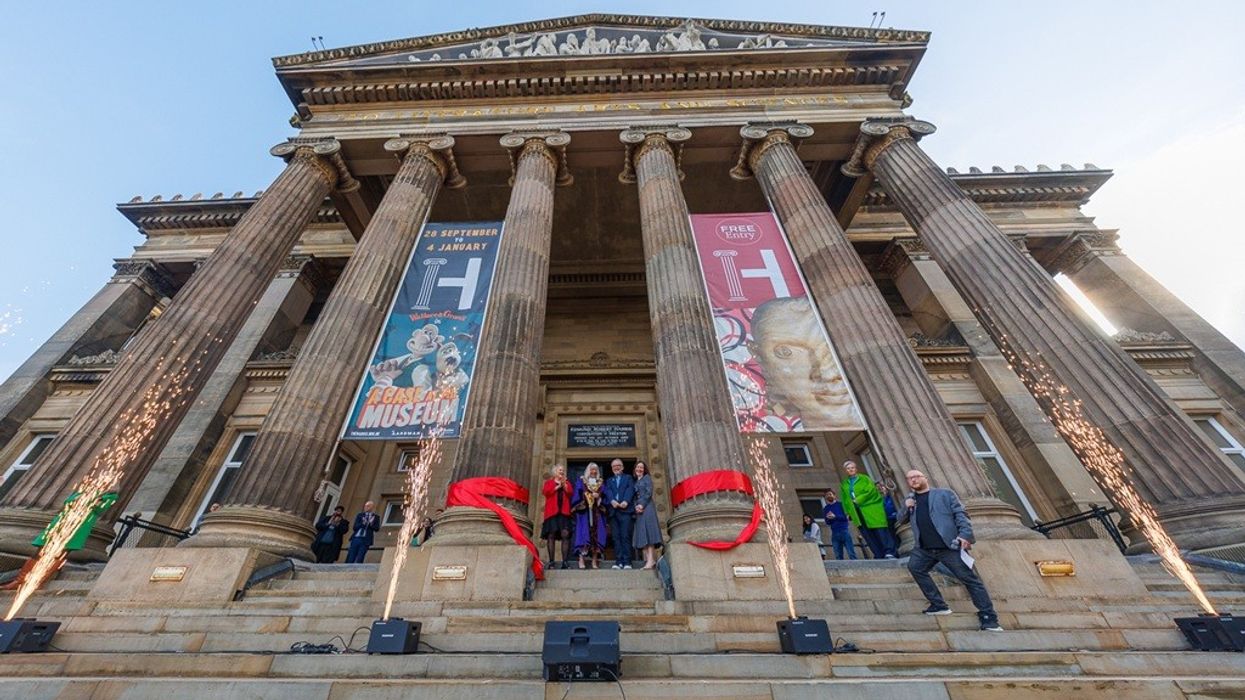
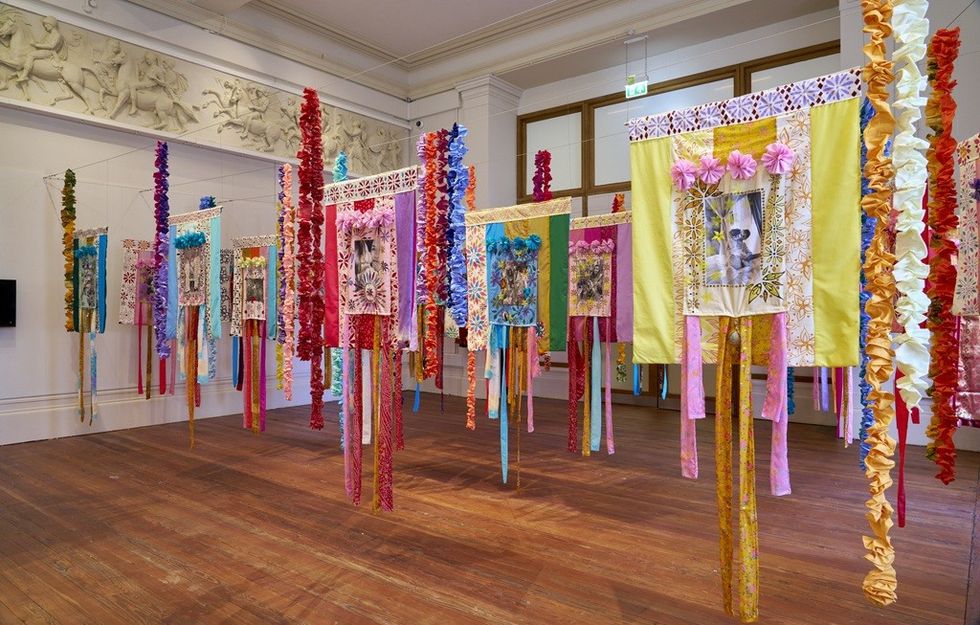 Courtesy Simon Critchley Photography
Courtesy Simon Critchley Photography Courtesy Michael Porter Photography
Courtesy Michael Porter Photography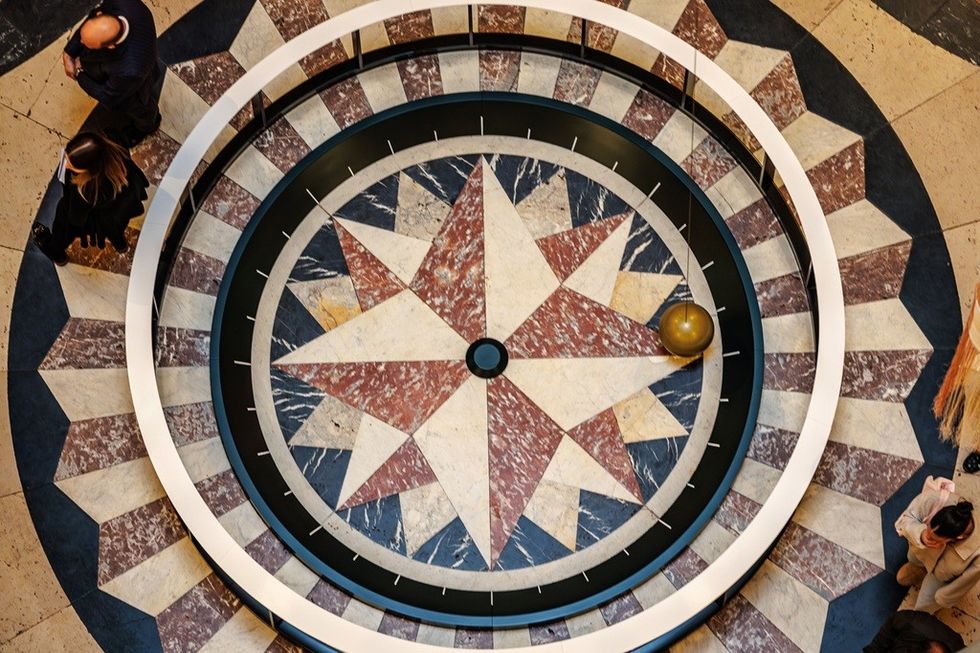 Courtesy Michael Porter Photography
Courtesy Michael Porter Photography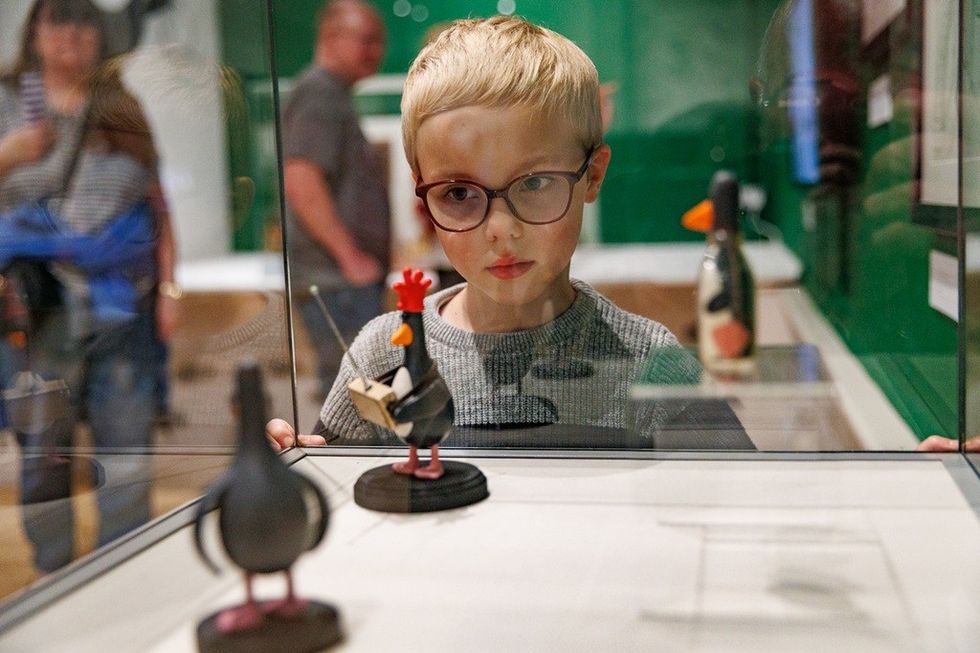 Courtesy Michael Porter Photography
Courtesy Michael Porter Photography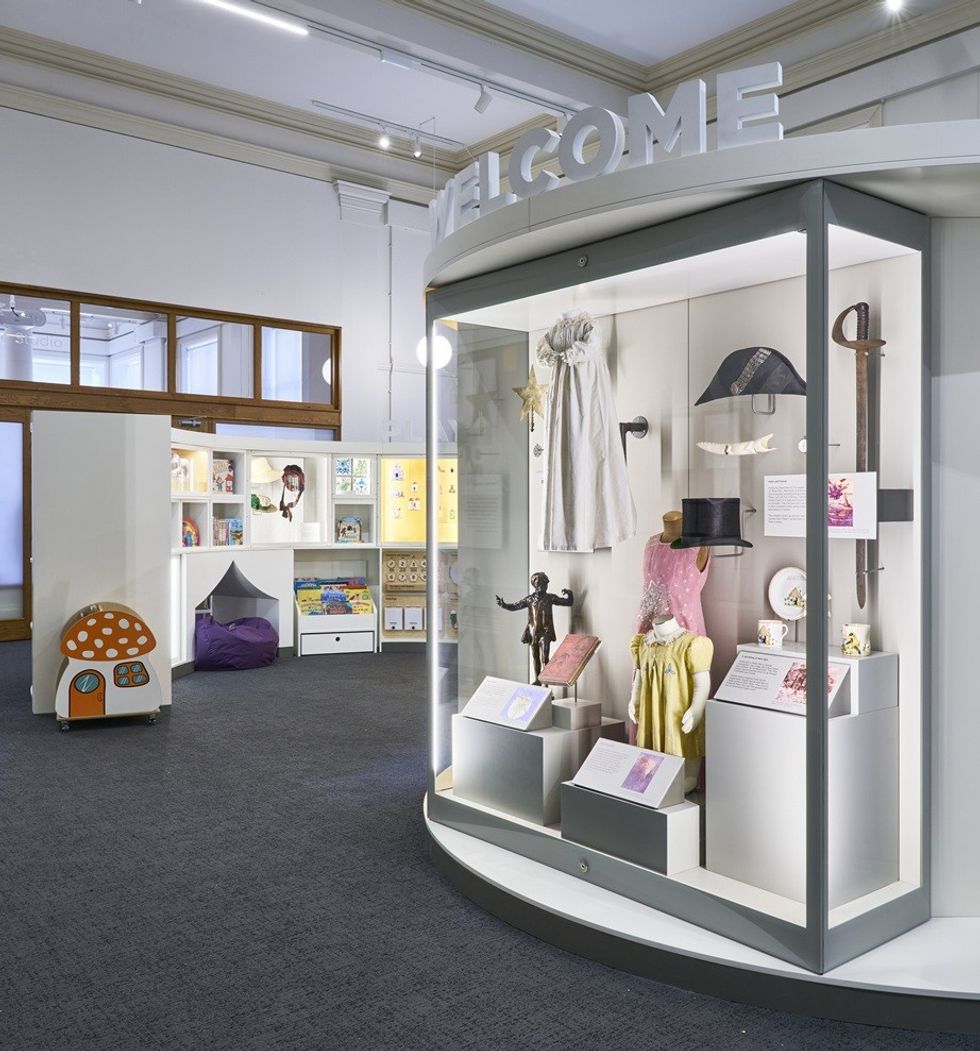 Courtesy Simon Critchley Photography
Courtesy Simon Critchley Photography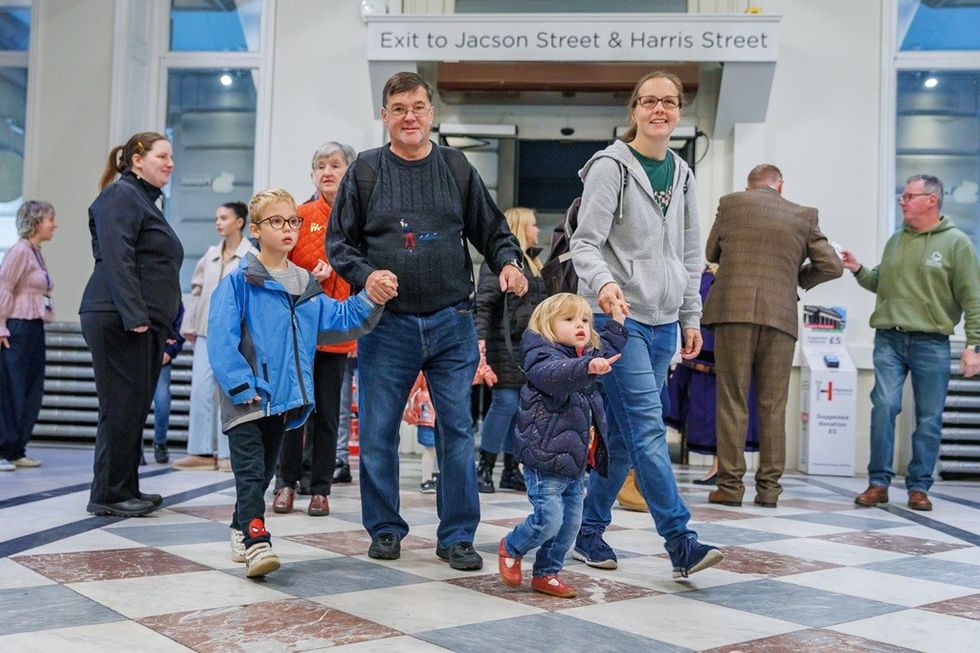 Courtesy Michael Porter Photography
Courtesy Michael Porter Photography